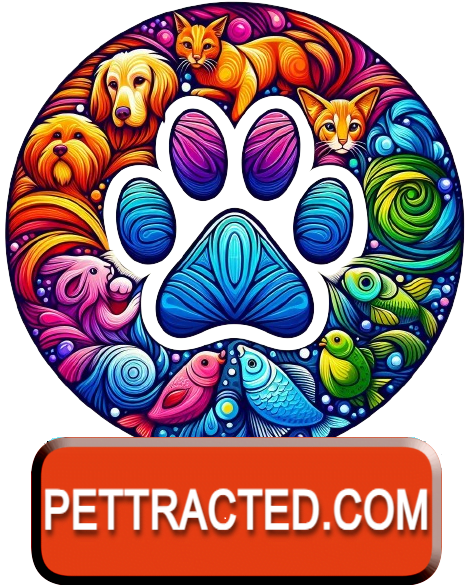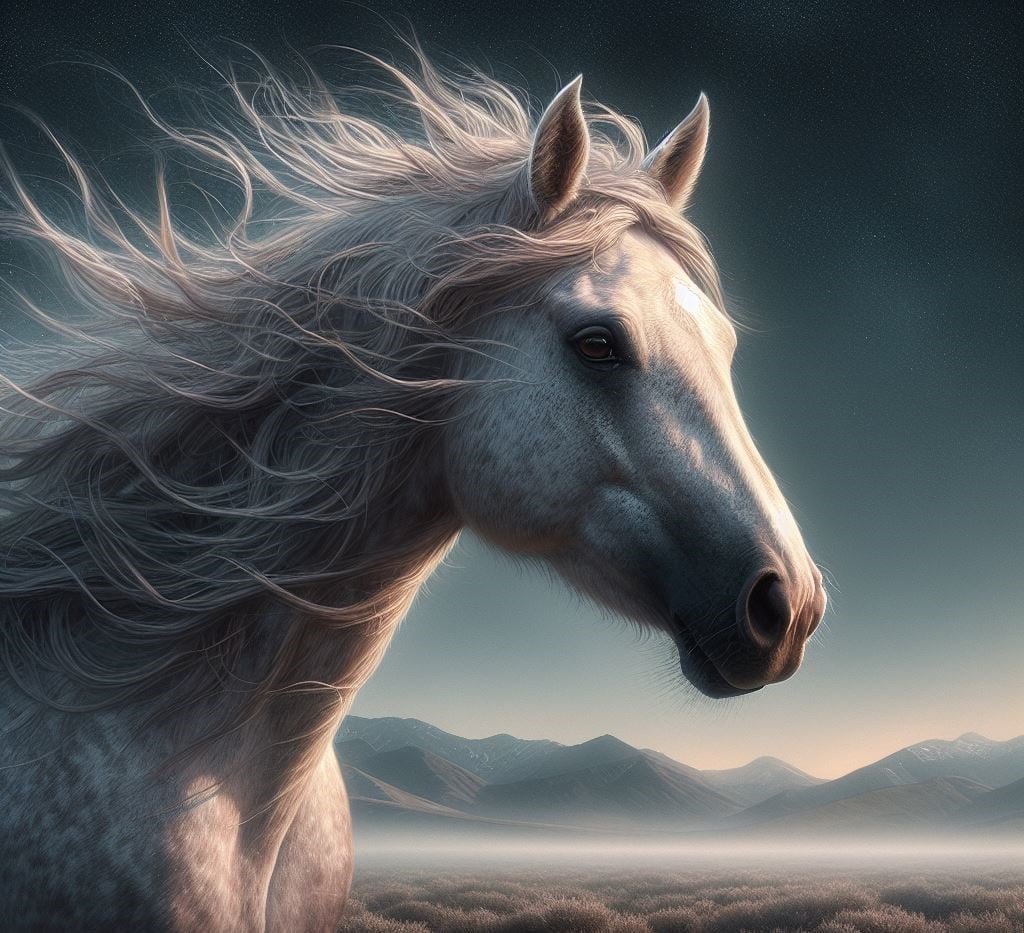Mustangs are wild horses that roam the western United States and are descendants of domestic horses that escaped or were released by Spanish explorers and settlers. They have a complex and subtle language that they use to communicate with each other and with humans. They use body signals, vocalizations, and scents to express their emotions, intentions, and needs. In this article, we will explore the amazing language of mustangs and how we can understand and interact with these majestic animals.
Mustangs’ Body Language

Mustangs use their body language to convey a lot of information, such as their mood, rank, dominance, submission, attraction, aggression, curiosity, fear, and playfulness. They use their ears, eyes, mouth, head, neck, tail, legs, and posture to send messages to other horses and to humans. Some of the most common body signals are:
Ears
The position and movement of the ears indicate the horse’s attention and attitude. Ears that are pricked forward mean that the horse is alert and interested in something. Ears that are flattened back mean that the horse is angry or threatening. Ears that are relaxed and slightly turned to the side mean that the horse is calm and content. Ears that are flicking back and forth mean that the horse is listening to different sounds or trying to locate something.
Eyes
The expression and direction of the eyes show the horse’s emotion and focus. Eyes that are wide open and showing the whites mean that the horse is scared or startled. Eyes that are half-closed or squinting mean that the horse is relaxed or sleepy. Eyes that are looking straight ahead mean that the horse is focused on something. Eyes that are looking sideways or rolling mean that the horse is nervous or annoyed.
Mouth
The movement and shape of the mouth indicate the horse’s mood and comfort. A mouth that is closed and relaxed means that the horse is calm and happy. A mouth that is open and chewing means that the horse is nervous or stressed. A mouth that is curled or showing the teeth means that the horse is angry or aggressive. A mouth that is licking or smacking means that the horse is submissive or appeasing.
Head
The position and movement of the head show the horse’s confidence and intention. A head that is held high and proud means that the horse is dominant and assertive. A head that is lowered and tucked means that the horse is submissive and respectful. A head that is tilted or turned means that the horse is curious or inquisitive. A head that is bobbing or nodding means that the horse is playful or inviting.
Neck
The shape and direction of the neck reflect the horse’s energy and attitude. A neck that is arched and curved means that the horse is excited and spirited. A neck that is stretched and straight means that the horse is relaxed and peaceful. A neck that is twisted or bent means that the horse is irritated or defiant. A neck that is swaying or shaking means that the horse is restless or bored.
Tail
The position and movement of the tail signal the horse’s emotion and action. A tail that is raised and swishing means that the horse is alert and ready. A tail that is lowered and still means that the horse is calm and steady. A tail that is clamped and tucked means that the horse is scared or uncomfortable. A tail that is flicking or wagging means that the horse is annoyed or bothered.
Legs
The stance and gesture of the legs indicate the horse’s balance and movement. Legs that are spread and planted mean that the horse is stable and secure. Legs that are close and shifting mean that the horse is uneasy and nervous. Legs that are lifted and pointed mean that the horse is threatening or kicking. Legs that are pawing or stamping mean that the horse is impatient or frustrated.
Posture
The overall posture of the horse shows the horse’s state and behavior. A posture that is tense and rigid means that the horse is stressed and defensive. A posture that is loose and relaxed means that the horse is comfortable and friendly. A posture that is leaning and reaching means that the horse is curious and interested. A posture that is backing and turning means that the horse is fearful and avoiding.
Vocalizations

Mustangs use their vocalizations to communicate with each other and with humans. They use different sounds, such as whinnies, neighs, nickers, snorts, blows, squeals, and grunts, to express their feelings, needs, and desires. Some of the most common vocalizations are:
- Whinnies and Neighs: These are loud and high-pitched sounds that horses make to call or greet each other over long distances. They can also be used to express excitement, anxiety, loneliness, or distress. Whinnies and neighs can vary in pitch, duration, and intensity, depending on the horse’s emotion and situation.
- Nickers: These are soft and low-pitched sounds that horses make to communicate with each other over short distances. They can also be used to show affection, recognition, or anticipation. Nickers can be heard when horses are greeting each other, when they are being fed, or when they are being approached by someone they like.
- Snorts and Blows: These are sharp and loud sounds that horses make by exhaling air through their nostrils. They can also be used to express alertness, curiosity, or annoyance. Snorts and blows can be heard when horses are investigating something new, when they are startled by something, or when they are irritated by something.
- Squeals and Grunts: These are harsh and noisy sounds that horses make by vocalizing through their mouth. They can also be used to express anger, aggression, or pain. Squeals and grunts can be heard when horses are fighting, when they are mating, or when they are injured.
Scents
Mustangs use their scents to communicate with each other and with humans. They use their sense of smell to identify each other, to mark their territory, to detect their estrus cycle, and to convey their mood. Some of the ways that horses use their scents are:
- Nose-to-Nose: This is a way that horses greet each other and exchange information. They touch their noses and inhale each other’s breath, which contains pheromones and other chemical signals. This helps them to recognize each other, to establish their relationship, and to sense each other’s emotion.
- Flehmen Response: This is a way that horses analyze the scents in the air. They curl their upper lip and expose their teeth, which allows them to draw the air into a special organ in their nose called the vomeronasal organ. This helps them to detect the presence and status of other horses, especially females in heat.
- Urine and Manure: This is a way that horses mark their territory and signal their presence. They urinate and defecate in specific places, which leaves a scent trail that other horses can follow. This helps them to claim their space, to attract mates, and to warn intruders.
How to Understand and Interact with Mustangs

Mustangs are intelligent and adaptable animals that can learn from their experiences and from humans. They can form strong bonds with humans who respect their language and treat them with kindness and patience. Here are some tips on how to understand and interact with mustangs:
- Observe: The first step is to observe the mustangs and their behavior. Watch how they communicate with each other, how they react to different situations, and how they express their emotions. Try to identify their body signals, vocalizations, and scents, and what they mean. This will help you to learn their language and to appreciate their culture.
- Approach: The second step is to approach the mustangs and establish contact. Move slowly and calmly, and avoid sudden or loud movements or noises. Use your body language and vocalizations to communicate your intention and attitude. Try to mimic their signals and sounds, and respond to their cues. This will help you to gain their trust and to build rapport.
- Touch: The third step is to touch the mustangs and create a bond. Use gentle and soothing strokes, and avoid rough or aggressive touches. Focus on the areas that they like to be touched, such as their neck, shoulder, back, and chest. Avoid the areas that they dislike or are sensitive to, such as their ears, eyes, mouth, and legs. This will help you to show your affection and to reinforce your relationship.
- Play: The fourth step is to play with the mustangs and have fun. Use toys, games, and tricks to stimulate their curiosity and creativity. Challenge them to learn new skills and to solve problems. Reward them with praise, treats, and attention. This will help you to share your joy and to enhance your connection.
Conclusion
Mustangs are amazing animals that have a rich and complex language that they use to communicate with each other and with humans. They use their body signals, vocalizations, and scents to express their emotions, intentions, and needs. By understanding and respecting their language, we can interact with them in a meaningful and harmonious way.
References
: Mustang – Wikipedia. (n.d.). Retrieved January 29, 2024, from https://en.wikipedia.org/wiki/Mustang : Horse Communication – Wikipedia. (n.d.). Retrieved January 29, 2024, from https://en.wikipedia.org/wiki/Horse_communication : The Language of Horses – The Horse. (2016, April 1). Retrieved January 29, 2024, from https://thehorse.com/110249/the-language-of-horses/


